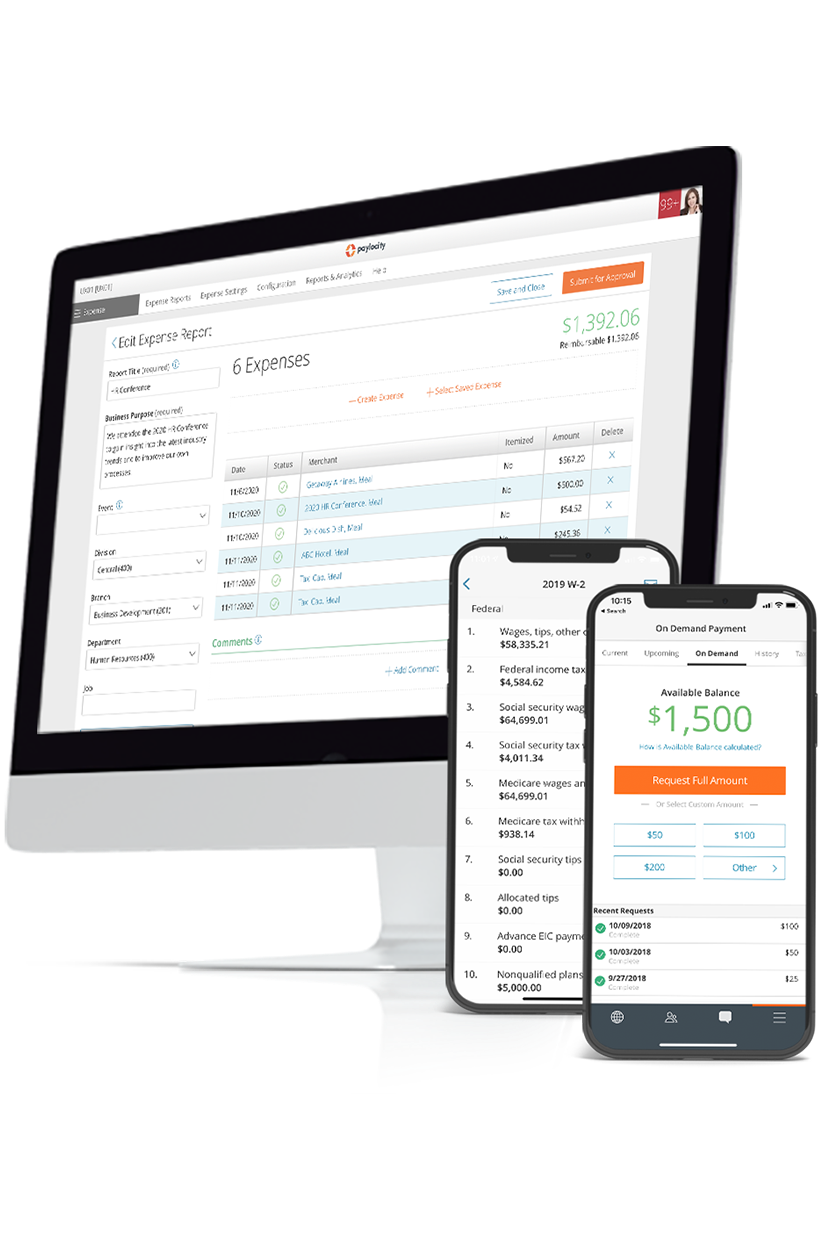Joint Employer
Summary Definition: A business that shares the control of and responsibility for a worker’s employment with another business, thus giving both organizations a legal relationship with the employee.
What is a Joint Employer?
A joint employer is a business entity that shares employment of one or more individuals. For example, a temporary employee from a staffing agency may be employed by that agency and the client business they work for.
Key Takeaways
- A joint employer is a business entity that employs an individual (or group of individuals) at the same time as another employer, such as a client business hiring an employee from a temp agency.
- Joint employers share employment responsibilities, such as determining pay, contracts, scheduling, etc.
- The National Labor Relations Board’s (NLRB) Joint Employment Rule requires the joint employers to share essential employment responsibilities, such as determining the worker’s pay, scheduling, benefits, and safety.
Joint Employer Status and Responsibilities
In October 2023, the National Labor Relations Board’s (NLRB) released a new rule on joint employment that expands the joint employer status and clarifies how employers share responsibilities:
- The joint employer role now includes passive employers and those without direct control over working conditions.
- Joint employers must specifically "share or codetermine" essential aspects of a worker’s employment, including:
- pay
- contracts
- scheduling
- working conditions
- benefits
- health and safety
- required qualifications
Previously, the joint employer role was less defined, so organizations didn’t have to take responsibility for employment conditions or contractual terms if a worker’s shared employment status was unclear.
For example, if the employee’s work contract didn’t specifically state which joint employer had to provide employee benefits, neither employer was required to do so.
The new rule tries to prevent this by requiring joint employers to specify who owns or is responsible for all employment conditions and terms, such as pay equity.
Bargaining with Unions
By adding these safeguards to ensure fair treatment of employees, the new rule also gives employees and labor unions more bargaining power. By legally requiring joint employers to own and fulfill all aspects of an employment agreement, both employers are also:
- required to participate in the bargaining process
- subject to any accompanying picket lines or boycotts
Moreover, the new rule allows employee representatives and unions to bargain over any employment term or condition, not just the essential aspects listed above.
Joint Employment Pros and Cons
Joint employment has several benefits, including:
- Sharing the burden of administrative tasks
- Sharing employee expenses
- Extra recourse for employees in case of problems
There are, however, some complications as well:
- Employee confusion: Employees may be unsure whom to report to, or who their direct superior is.
- Difficult dispute resolution: Unraveling each joint employer’s liability in an employee dispute is still complicated. Disputes between the employers themselves can be even trickier.
- Complicated communication: It can be hard for teams to communicate effectively, both with one another and with management, when duties, authority, and responsibility are spread between more than one employer.
To avoid these issues from spiraling out of control, make joint employer contracts as clear and detailed as possible.
Becoming a Joint Employer: How to Prepare
Before becoming a joint employer, take some time to prepare for the arrangement to make the situation more manageable:
- Carefully determine roles and responsibilities with each joint employer.
- Improve professional relationships with relevant labor unions.
- Provide well-defined protocols and channels for disputes with employees and between employers.
For example, since co-employers can be liable for each other’s labor disputes, ironing out all responsibilities in advance can reduce risk of extra liabilities.
Related Glossary Terms

Save Time with Stress-Free Payroll Solutions
Payroll doesn’t have to be complicated, but it does have to be right. Stay compliant, collect employee data, and streamline tax filing – all while putting time back in your day with our automated payroll software. With the assurance of an error-free workflow, you can get back to what matters most – your people. Learn how our modern solutions get you out of the tactical and back to focusing on the bigger picture.